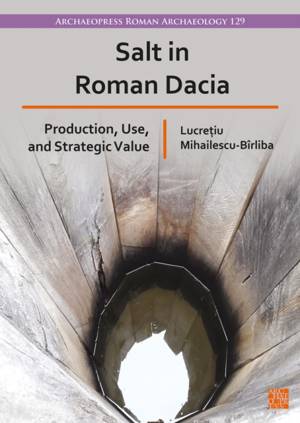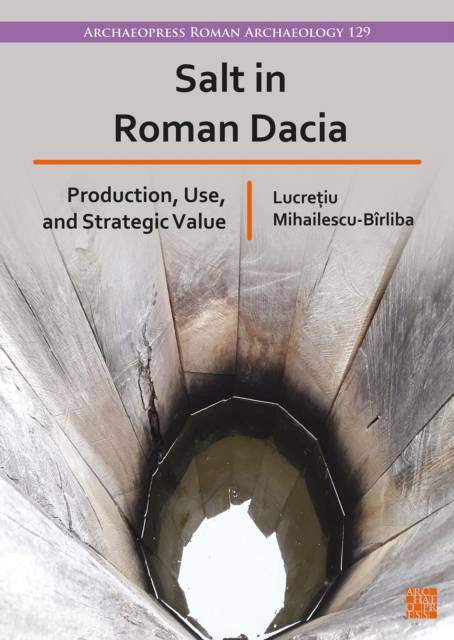
- Afhalen na 1 uur in een winkel met voorraad
- Gratis thuislevering in België vanaf € 30
- Ruim aanbod met 7 miljoen producten
- Afhalen na 1 uur in een winkel met voorraad
- Gratis thuislevering in België vanaf € 30
- Ruim aanbod met 7 miljoen producten
Zoeken
€ 60,95
+ 121 punten
Omschrijving
The study of salt in Roman times has not benefitted from the attention paid to the exploitation of other subsoil resources like metals. This is the result of the scarcity not only of sources concerning the exploitation itself, but also of those that provide indirect information (like aspects of mining, trade or especially administration), compounded by the lack of archaeological research on this resource (particularly when compared with the archaeology of salt in prehistory or the archaeology of Roman mining). The main objectives of this volume are to analyse the existing archaeological research on salt exploitation in Roman Dacia, and to discuss the epigraphic information to better understand salt exploitation and administration as well as the relationship between mining and administrative staff and the military personnel. Based on this information, a global view of salt exploitation in Roman Dacia is presented, and the particularities of salt production, industry and consumption in this province are compared with the Roman world.
Specificaties
Betrokkenen
- Auteur(s):
- Uitgeverij:
Inhoud
- Aantal bladzijden:
- 130
- Taal:
- Engels
- Reeks:
Eigenschappen
- Productcode (EAN):
- 9781805831112
- Verschijningsdatum:
- 31/12/2025
- Uitvoering:
- Hardcover
- Formaat:
- Genaaid
- Afmetingen:
- 173 mm x 244 mm
- Gewicht:
- 1397 g

Alleen bij Standaard Boekhandel
+ 121 punten op je klantenkaart van Standaard Boekhandel
Beoordelingen
We publiceren alleen reviews die voldoen aan de voorwaarden voor reviews. Bekijk onze voorwaarden voor reviews.








